Ultra HD Blu-ray: everything you need to know
It's not too late to start your 4K Blu-ray disc collection
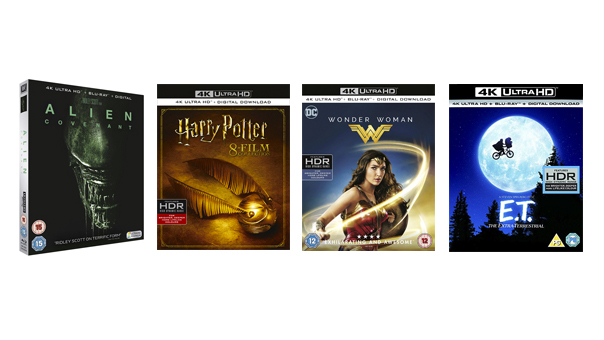
It took a few years to gain momentum, but 4K Ultra HD Blu-ray is now a firm fixture of virtually all major film releases.
The first 4K TVs went on sale back in 2012, but it wasn't until 2016 that the first 4K Blu-ray players from Samsung and Panasonic went on sale - alongside, thankfully, an increasing number of 4K Blu-ray discs. Today there are a number of 4K players on the market, you can pick up a 4K Blu-ray film in your local supermarket or online and, as streaming services step up to compete with 4K content, both are getting more affordable by the day.
So what is Ultra HD Blu-ray, how can you get it and how much does it all cost? Allow us to provide some answers...
What is the Ultra HD Blu-ray specification?
The preliminary spec for 4K discs was revealed at CES 2015, after which the Blu-ray Disc Association made the Ultra HD Blu-ray spec official (along with the name and the logo).
This format supports a resolution of 3840 x 2160, and while the specification is no guarantee that a film was actually shot and edited in 4K it does also offer additional technologies that improve picture quality such as higher frame rates of up to 60fps (frames per second) and high dynamic range (HDR). In physical media, HDR is currently delivered in three main formats: HDR10, HDR10+ and Dolby Vision HDR.
The majority of 4K discs come with the standard HDR10. What sets Dolby Vision and HDR10+ apart from HDR10 is the inclusion of dynamic metadata, a proprietary HDR technology that adapts its image frame-by-frame and, theoretically, renders each shot at its best. And what sets HDR10+ apart from Dolby Vision is its lack of licensing cost – TV manufacturers and content studios have to pay Dolby to use Dolby Vision and have little control over its development and implementation.
Initially, HDR10+ had only Amazon Prime Video promising supported content on its streaming site, and although Amazon remains the only major VOD service to offer it, more and more 4K discs in HDR10+ have made their way to market. Nevertheless, it's fair to say that Dolby Vision is comfortably the more widely available of the two formats.
4K Blu-rays are encoded using the High Efficiency Video Coding (HEVC) standard (also known as H.265), use 10-bit colour depth and can cover the full spectrum of the Rec.2020 colour space.
The discs themselves can be produced in three sizes: 50GB with support for an 82Mbit/s data rate, 66GB with 108Mbit/s and 100GB with 128Mbit/s.
What about Ultra HD Blu-ray audio?
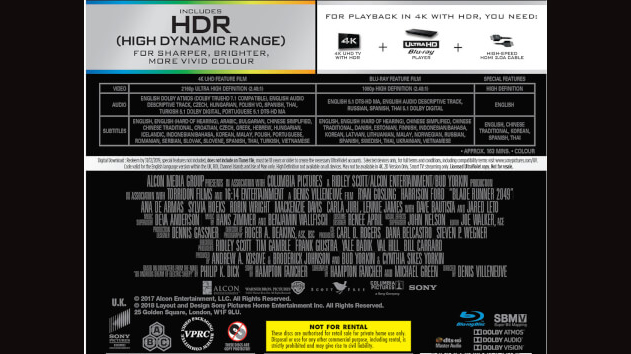
The UHD Blu-ray specification also includes object-based immersive soundtracks such as Dolby Atmos and DTS:X. Some Blu-ray discs already support these formats, so it's not unique to UHD Blu-ray, but the next-gen audio soundtracks are more prevalent on Ultra HD Blu-ray discs.
So far Dolby Atmos has been the prevalent format on 4K disc releases, but DTS:X discs do exist. It's worth noting you won't find Atmos and DTS:X soundtracks on the same disc. It's one or the other.
What else does Ultra HD Blu-ray offer?
4K discs also support an optional digital bridge feature, allowing you to copy Ultra HD Blu-ray content to an external hard disk drive and portable devices such as smartphones and tablets.
The spec also mandates all Ultra HD Blu-ray players be able to play legacy Blu-ray discs. Sadly, 3D isn't featured in the Ultra HD Blu-ray spec – but with the majority of TV manufacturers having abandoned 3D ages ago, that's understandable.
OPINION: Here's why 4K Blu-ray is even better than 4K streaming
What Ultra HD Blu-ray players are on sale?
Current UHD Blu-ray players can be sorted into two categories: the under-£400 (affordable) models and the £600-and-above (high-end) players.
The Panasonic DP-UB9000 is the high-end Blu-ray player of choice these days (we're also big fans of the Pioneer UDP-LX500 and Oppo UDP-203, but both have now been discontinued), and it's a serious bit of kit that's worthy of its £900 ($1000, AU$1799) asking price, delivering a picture and sound performance that's well beyond that of its more affordable rivals.
Those more affordable models still offer an excellent performance, though, delivering quality that streaming services simply can't match. Our current favourites include the Sony UBP-X700 and Panasonic DP-UB820EB.
Other budget models from Panasonic and LG do exist, though new models are now released fairly infrequently. Moreover, Samsung dropped a bombshell in February 2019 by confirming it would end Blu-ray player production entirely.
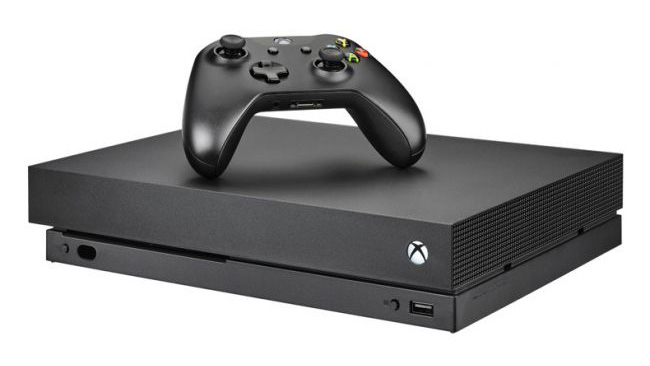
On the games console front, Microsoft's Xbox One S was the first console to be compatible with 4K Blu-rays, though be warned, it's not quite up to scratch compared to rival standalone players.
The Xbox One X also incorporates a UHD Blu-ray disc player with native 4K, HDR and Dolby Atmos support. It’s pricier, has a more powerful processor to handle 4K gaming and, while dedicated players still win out, is an entertaining performer with 4K HDR discs.
The latest console from Microsoft, the Xbox Series X, also plays 4K Blu-rays but without Dolby Vision support despite the format being available via streaming apps (there'll be Dolby Vision games soon, too). That major disappointment, combined with its noisy disc drive, dents the Series X’s credentials as a 4K Blu-ray player – which is a shame because the picture performance is broadly good, with lots of detail, nicely judged colours and sharp edges.
As for the PS4 Pro and PS5? Surprisingly, Sony chose not to give the former the capability, focusing instead on 4K streaming. However, the PS5 does play 4K discs – though once again without Dolby Vision. While the picture is impressive in terms of deep blacks, drama, dynamism and colours it isn't really a match for even the most affordable dedicated 4K Blu-ray players when it comes to subtlety of shading and stability in motion.
What Ultra HD Blu-ray discs are on sale?
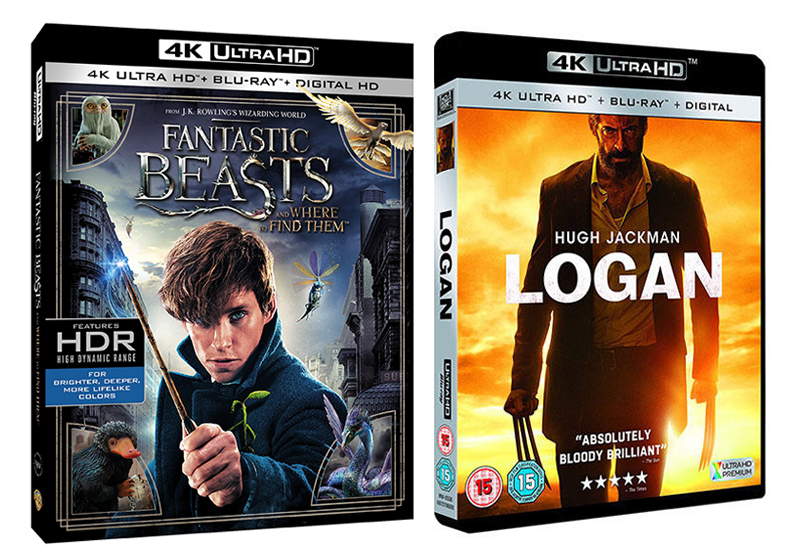
Ultra HD Blu-ray discs are now on sale worldwide, with major studios such as 20th Century Fox, Sony Pictures and Warner Bros all in on the action.
Disney joined the ranks in 2017 with Guardians of the Galaxy Vol. 2 as its first 4K disc release (and still one of our most-used test discs) before following up with Thor: Ragnarok in 2018.
The likes of Amazon, HMV and Zavvi all stock loads of Ultra HD Blu-ray releases, with the average price of a 4K disc around £20.
Will Ultra HD Blu-ray players play existing Blu-rays?
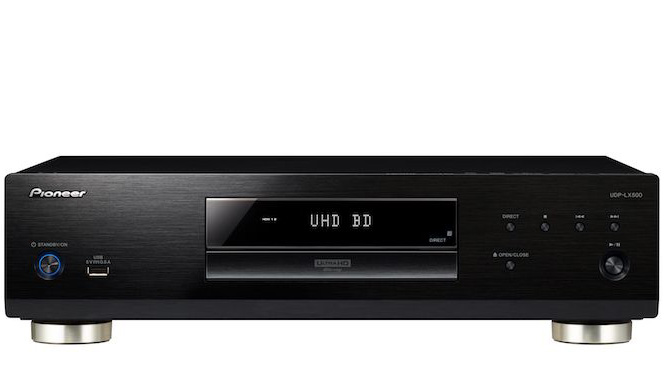
Yes, Ultra HD Blu-ray players are fully backwards-compatible with existing Blu-rays. Ultra HD Blu-ray discs won't play on old players, though, and you can't upgrade old decks, so you will need a 4K Blu-ray player in order to play 4K Blu-ray discs.
When it comes to regional restrictions, the good news is 4K Blu-ray discs have just one region code: worldwide. Essentially, they’re region-free. They can be played on any 4K player, in any part of the world.
However, your new UHD Blu-ray player will still have to observe the regional restrictions for DVDs and standard Blu-rays that continue to exist.
Most 4K Blu-ray discs come bundled with a standard Blu-ray version of the same film and those discs tend to be region-free as well. Search for the 'ABC' logo or read the fine print on the box, or look it up online to be sure – especially if you're thinking of importing the latest discs from outside your region.
However, it very much depends on the studio that owns the rights and the distribution of individual films as to whether a Blu-ray has region restrictions or not. We've noticed the major film studios (20th Century Fox, Sony and Warner Bros) have released their Blu-rays as region-free, but smaller studios are more likely to have restrictions.
What TV do you need for Ultra HD Blu-ray?
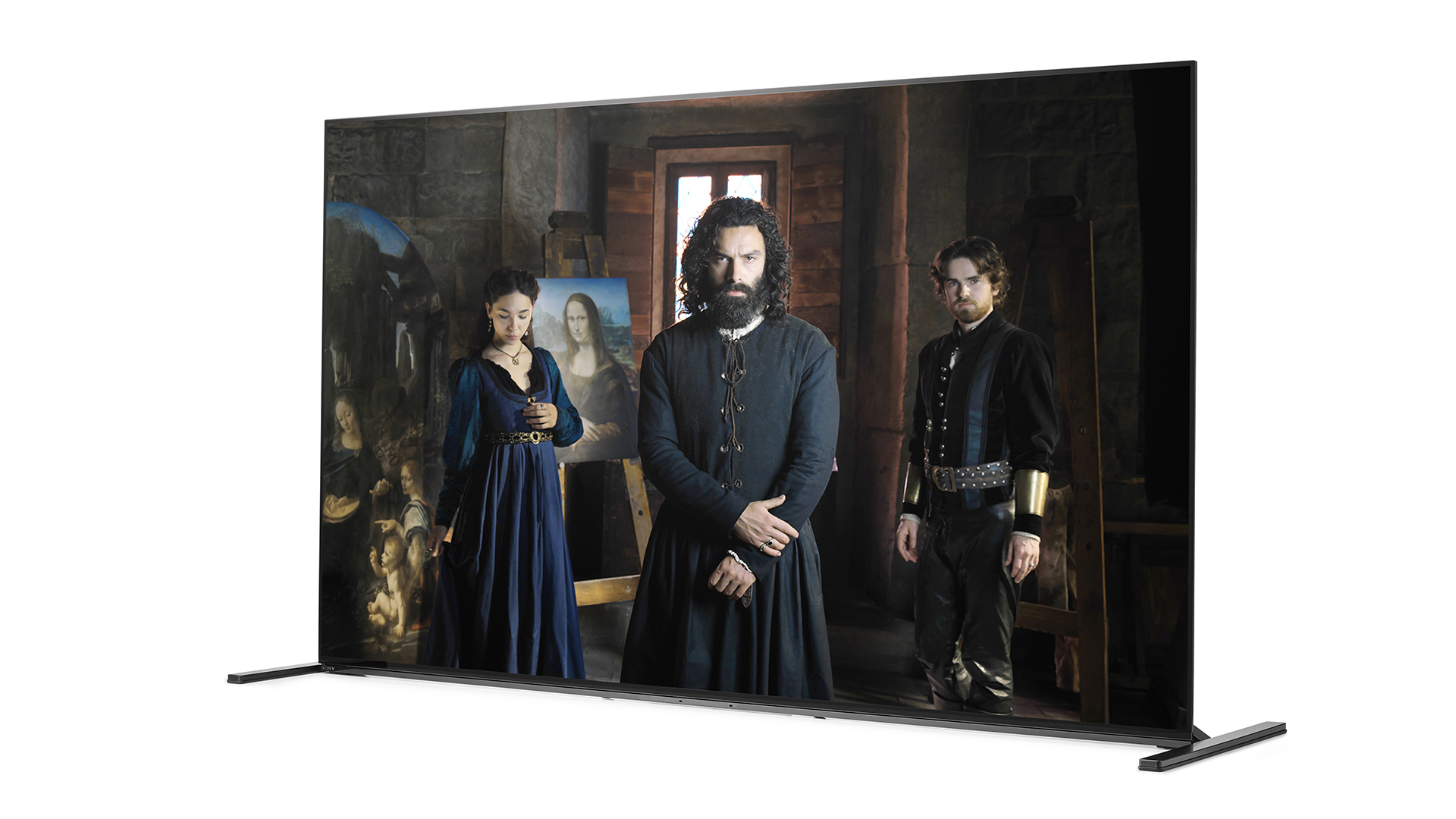
An Ultra HD Blu-ray player will work with pretty much any TV, but unless it's a 4K Ultra HD TV you won't see the disc's full-fat 4K resolution on screen. If your TV doesn't support it, the player will downscale the disc's content accordingly.
Any 4K TV should deliver a 4K picture, but only TVs with more recent specs will be able to take full advantage of what Ultra HD Blu-rays can offer. This includes HDR, which is one of the key factors for getting the best possible picture.
Most - if not all - 4K TVs on sale now support the standard HDR10 spec. When it comes to Dolby Vision and HDR10+, it depends on which manufacturer has backed which tech. LG and Sony are all in on Dolby Vision, with no HDR10+ TVs in their lineups, while Samsung is the opposite – all HDR10+ and no Dolby Vision.
Higher end models from Panasonic and Philips support Dolby Vision and HDR10+, which is great news for those who don't want to pick a side in this particular format war.
While 4K and HDR (or Dolby Vision) aren't necessarily linked technologies, if you're looking for a TV with one, it should ideally have the other in order to get the best picture performance.
Look also for a TV bearing the Ultra HD Premium logo - this means it meets certain 4K HDR standards, including support for standard HDR10. However, it doesn't mean the set necessarily supports Dolby Vision HDR.
Do you need a new AV receiver for Ultra HD Blu-ray?
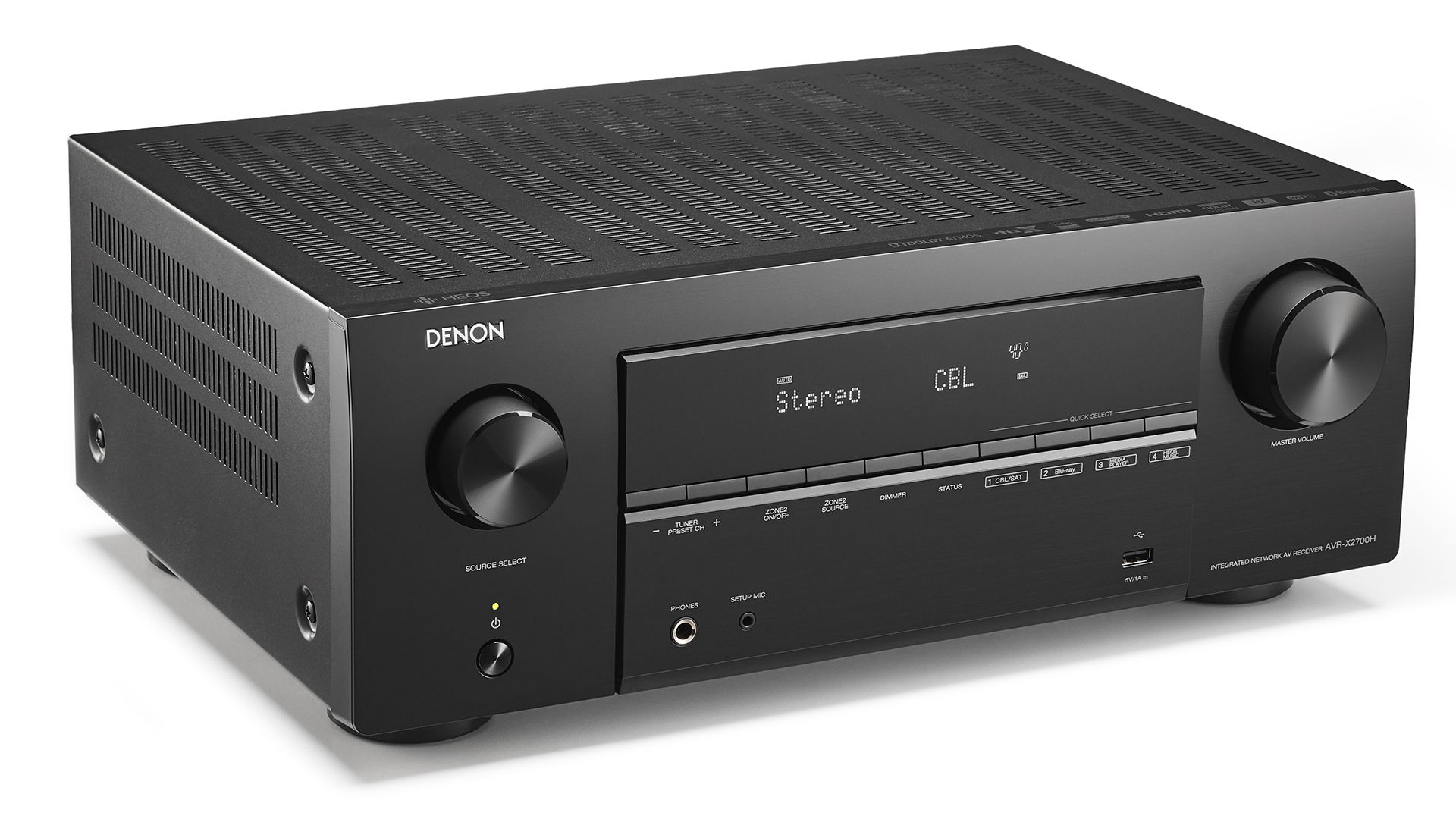
Yes and no. If your system currently uses an AV receiver to do the HDMI switching, and carry audio/video over HDMI around your system, then this won't work with 4K Blu-ray unless your AV receiver is 4K-compatible.
The good news is most, if not all home cinema amplifiers in the market now are 4K compatible, including the excellent Denon AVR-X2700H and Sony STR-DN1080. Look for HDCP 2.2 and HDMI 2.0a (or HDMI 2.1) in the specifications for a clear indication of 4K compatibility.
Some higher end 4K Blu-ray players have two HDMI outputs so that video can be sent via one to the TV and audio can be sent to an AVR via the other. Alternatively, you can send video and audio from a 4K Blu-ray player straight to your TV and then have the audio sent from the TV to your AVR via optical cable or HDMI ARC.
Is Ultra HD Blu-ray worth it?
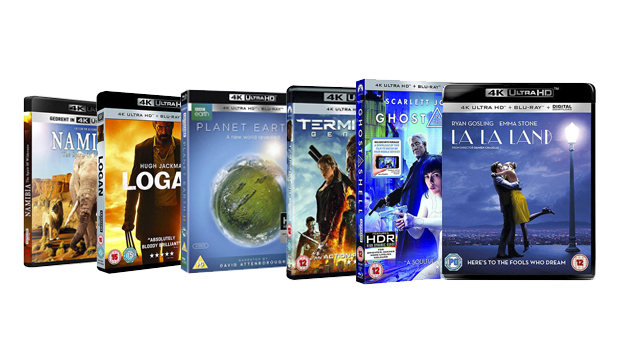
We certainly think so. It may be an increasingly niche market but 4K Blu-ray continues to impress us with its incredibly detailed picture quality, and better hardware and advances in HDR technology have improved performance even further.
Ron Martin, VP of Panasonic's Hollywood Lab and a crucial player in the development of Ultra HD Blu-ray, told What Hi-Fi? 4K discs will beat 4K streaming: "[a disc format] is the only repeatable, reliable way to do it. Streaming has certain advantages but many disadvantages."
We've compared how 4K streaming stacks up against 4K Blu-rays and standard full HD Blu-rays - and it's no surprise that 4K Blu-ray beats them all.
What about 8K Blu-ray?
You shouldn't hold your breath for 8K Blu-ray players or 8K Blu-ray discs. While 4K Blu-ray has proven fairly popular and will likely stick around for a long time to come, it's still a drop in the ocean compared to the popularity of streaming and we can't see a future in which any company is prepared to invest the huge sums of money into a new physical movie format when the war is so clearly already lost.
Given the inherent qualitative advantages of physical formats, that's certainly a shame, but with internet connections generally becoming exponentially faster with each year that passes, there's plenty of hope for higher quality movie streaming. Sony's new Bravia Core service, while not 8K, delivers streams in far higher quality than any service before it, potentially pointing the way to a future in which physical media isn't necessary in order to get the best picture and sound.
MORE:
The best 4K TV shows and films to watch right now
These are the best 4K Blu-ray discs to test your system
Check out our round-up of the best TVs you can buy right now
Get the sound right with one of the best AV receivers
Finally, here are the best 4K Blu-ray players
Get the What Hi-Fi? Newsletter
The latest hi-fi, home cinema and tech news, reviews, buying advice and deals, direct to your inbox.

Joe is the Content Director for What Hi-Fi? and Future’s Product Testing, having previously been the Global Editor-in-Chief of What Hi-Fi?. He has worked on What Hi-Fi? across the print magazine and website for almost 20 years, writing news, reviews and features on everything from turntables to TVs, headphones to hi-fi separates. He has covered product launch events across the world, from Apple to Technics, Sony and Samsung; reported from CES, the Bristol Show, and Munich High End for many years; and written for sites such as the BBC, Stuff and The Guardian. In his spare time, he enjoys expanding his vinyl collection and cycling (not at the same time).
-
Patagonie The most important for any customer is to wait two or three years before stepping in the ultra hd (the more marketing word is 4K).Reply
March 2020 there are no more than 80 movies available in REAL ultra HD, the 400 others are done from 2K movie and artificially upgraded (in Europe).
Have you noticed how much you are fooled with the 4K or ultra HD ? So many devices you have to change to get the saint graal ? You should change your videoprojector (5000€ for a real 4K), yous player, your HC amplifier (probably), your cables (probably), your TV. Have you noticied all those graphic chips in many electronical devices to boost your hardware and get this so lovely 4K/ultra HD label or something close.
All of this to watch 80 movies (in Europe) that are the most expensive of the market. (between 20 and 35€).
What a jok
.
However, as it is said, focus on players rather than streamings. No streaming could beat a player.
There are many benefits to avoid the ultra hd.
You will save a lot of money. Because it will stay on your account. And you will get Oled, Ultra HD player and others in two years for a bargain. And today a very good Full HD still beats an untrue 4K videoprojector, most of the time. -
bearuk Two years ago, just as the pandemic was taking hold, someone said to wait two or three years.Reply
But why?
If you have a 4k tv, why deny yourself the best quality picture and sound? Did the person telling you to wait think 4k blu ray would fail? It's hardly set the world alight, and it's true many movies aren't 'real' 4k, but that means you should use your brain and not assume just because it is a UHD disc that it's worth upgrading. Of course, if you don't have the movie, it's very likely worth buying the 4k disc, although there are some movies that I think look better on blu ray, because now they can digitally tint or add HDR/Dolby Vision tweaks I sometimes think the blu ray looks more natural. Of course there is Dolby Atmos sound too...
I only moved to 4k in 2021. I'd been waiting for 3D to make a comeback, and when it didn't, I bought a used 3D OLED on ebay. I haven't abandoned 3D!!
The 4k player was next, and I already had some 4k movies, from steelbooks I'd bought. I'm selling off some of my 4K discs, but I'm keeping many, regardless of whether they are real or fake 4k. A 2K upscale in theory should still look better than a 1080p upscale.
Unfortunately 4k discs AREN'T region free.
When it comes to regional restrictions, the good news is 4K Blu-ray discs have just one region code: worldwide. Essentially, they’re region-free. They can be played on any 4K player, in any part of the world.
So why are Death Wish (2018) and Greenland (Nordic release) and Outpost (USA) region locked? Admittedly only 4 discs are known to be region locked at the moment, but the possibility is there. -
Reply
You’ve contradicted yourself in your post with saying 4K discs aren’t region free and then you go onto say 4K discs are region free.bearuk said:Two years ago, just as the pandemic was taking hold, someone said to wait two or three years.
But why?
If you have a 4k tv, why deny yourself the best quality picture and sound? Did the person telling you to wait think 4k blu ray would fail? It's hardly set the world alight, and it's true many movies aren't 'real' 4k, but that means you should use your brain and not assume just because it is a UHD disc that it's worth upgrading. Of course, if you don't have the movie, it's very likely worth buying the 4k disc, although there are some movies that I think look better on blu ray, because now they can digitally tint or add HDR/Dolby Vision tweaks I sometimes think the blu ray looks more natural. Of course there is Dolby Atmos sound too...
I only moved to 4k in 2021. I'd been waiting for 3D to make a comeback, and when it didn't, I bought a used 3D OLED on ebay. I haven't abandoned 3D!!
The 4k player was next, and I already had some 4k movies, from steelbooks I'd bought. I'm selling off some of my 4K discs, but I'm keeping many, regardless of whether they are real or fake 4k. A 2K upscale in theory should still look better than a 1080p upscale.
Unfortunately 4k discs AREN'T region free.
When it comes to regional restrictions, the good news is 4K Blu-ray discs have just one region code: worldwide. Essentially, they’re region-free. They can be played on any 4K player, in any part of the world.
So why are Death Wish (2018) and Greenland (Nordic release) and Outpost (USA) region locked? Admittedly only 4 discs are known to be region locked at the moment, but the possibility is there.
Just to confirm 4K Blu-ray Discs are region free whereas Blu-rays are not. -
Arron Reply
There are sites that specifically warn about films that were mastered in 2K being upscaled to 4K as though it's a bad thing. It's not, it's a good thing. Those early 2K films were mostly shot on Arri cameras and they capture a huge amount of data for every frame. Resolution is important but there's soooooo much more to it. In short, you want the upscale to happen as early as possible in the chain.bearuk said:A 2K upscale in theory should still look better than a 1080p upscale.
Technical stuff
A 2K master will probably be at ~1000-2000 Mbps depending on the camera/workflow
Blu ray is 48 Mbps
That means the upscale from the master will be vastly more accurate. Also, the master will be higher dynamic range. Unfortunately, there are other factors. A lot of early 4K discs were pretty rubbish because the conversion workflow and encoders/settings weren't well sorted.
Anyway... Tron Legacy was a 2K master. It's the film I'm most looking forward to on 4K UHD disc. The standard blu-ray version is incredible on a modern projector. The HDR version should be jaw-dropping. If it ever gets released.
